DSL, Coax, or Fiber: Comparing Your Options

The right Internet connection is crucial for the productivity of your team. With sufficient speed and bandwidth, your team members are free to collaborate, share files, and conduct research with minimal disruption. But if your Internet speed is too slow, you may lose valuable time as employees wait for files to load, or fight with finicky video conference calls.
As such, one of the most important infrastructure decisions your company will make is what kind of Internet connection to get. Three of the standard options are DSL, coaxial cable, and fiber. Let us take a closer look at what each of these Internet options entails.
Understanding the Options

DSL utilizes your telephone lines, albeit without interrupting your phone calls. In this sense, it is a step up from the old dial-up Internet, but it still represents the slowest of all modern Internet options, significantly less efficient than cable or fiber.
By contrast, cable Internet reaches your home through coaxial cables… basically the same technology that allows you to watch cable TV. Cable Internet is significantly speedier than DSL, and it is also widely available.
The final option for enterprise-grade connectivity is fiber. This type of Internet connection uses fiber optic cables; basically, lines made of small glass fibers. Fiber connections are by far the fastest option; in fact, fiber Internet literally transmits data at the speed of light.
Choosing the Connection That is Right for Your Business
In determining the best type of connection for your business, it is important to understand something about how DSL and cable connections work. In both cases, you are essentially sharing your Internet connection with the entire neighborhood. The Internet signal is received by a local office or hub, then dispersed through the community as a single connection. In other words, when you choose DSL or coaxial cable, you are potentially sharing your Internet with thousands of homes and business owners. You have no control over the speed of the Internet, and no way of assessing the age or quality of the equipment being used.

By contrast, a fiber optic line provides Internet access that is dedicated to your place of business, which means no sharing with other homes or business facilities. And, when you choose a business fiber option, you can use enterprise-grade Wi-Fi and network products, allowing you even greater control and assurance over the speed of your connection.
Consider this analogy: Using DSL or cable is a bit like driving down a busy freeway. You may find that there is more traffic or more frequent interruptions, depending on the time of day and the number of people who are on the road; thus, your speed can be unpredictable and often frustrating. But using fiber optic Internet is like being the only car in the express lane. You can cruise with a consistently fast speed, and no interruptions.
Learn More About Connection Options from TelWare
A fiber business connection can empower your team and put an end to productivity-killing Internet delays. And the best way to get started is to schedule a consultation with TelWare.
TelWare is here to help business owners navigate the maze of voice and data options available. And, we can help you save money, too! In conducting your initial audit, our team will identify errors and recover funds through a careful evaluation of your telecom needs and close scrutiny of your current bill and services.
We would love to tell you more about the options available. Reach out to TelWare to find out more.
To learn more about staying current with the latest communications technology, contact TelWare at 1.800.637.3148 or email us at sales@telware.com. TelWare is a national leader in the installation of voice, video, data, and unified communications solutions.



